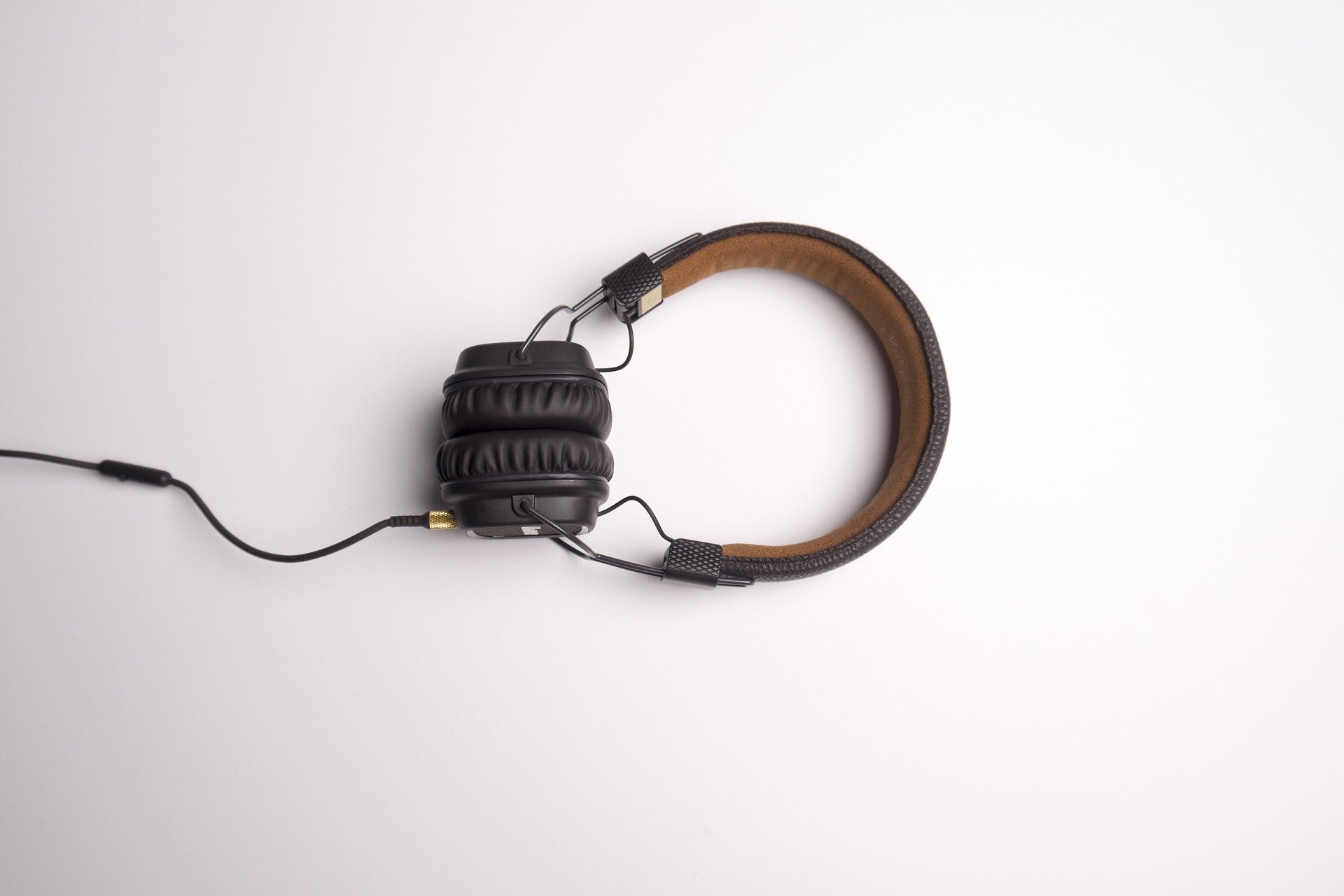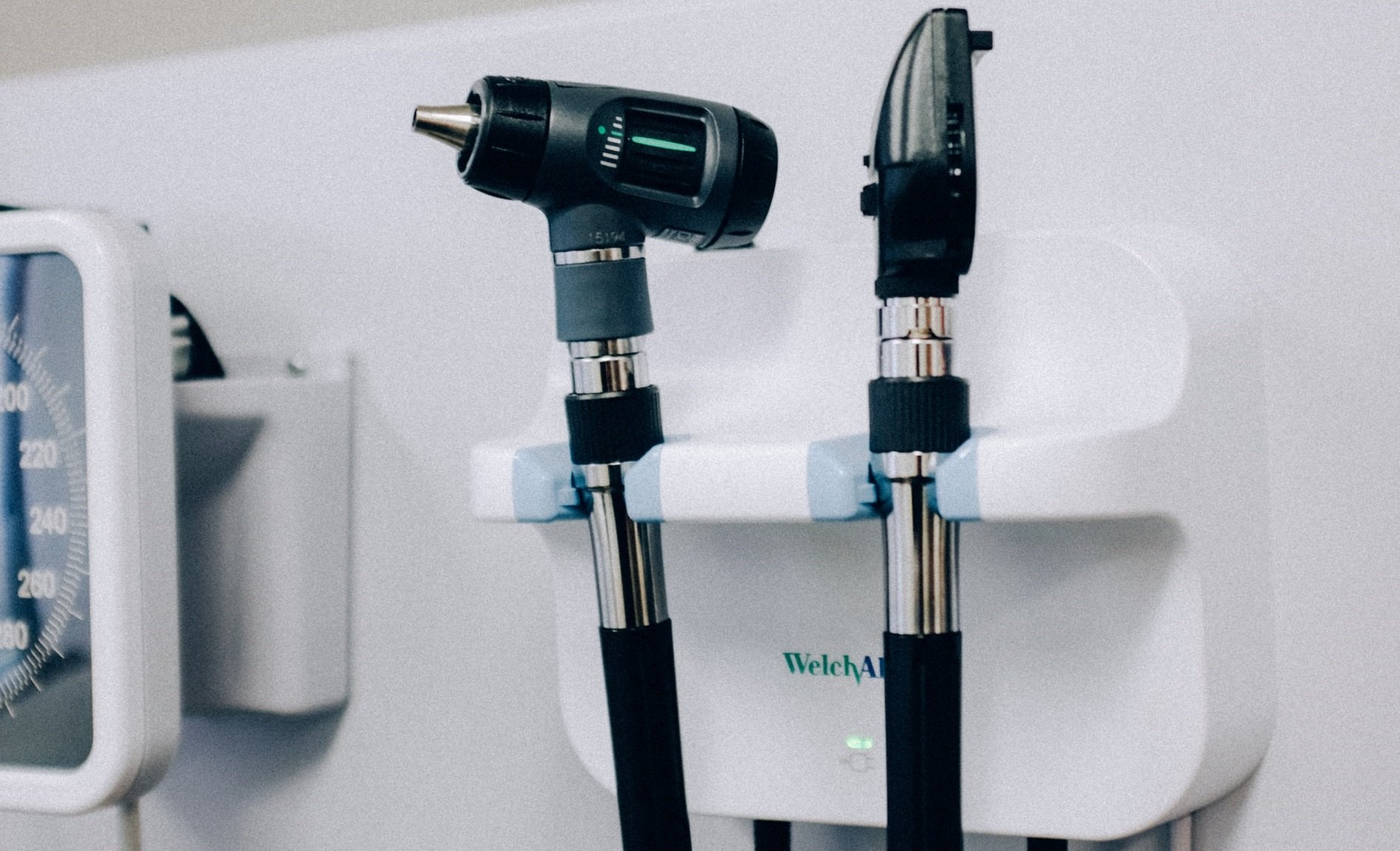
Do you have asymmetrical hearing loss or single-sided deafness? Well, perhaps you should consider switching to a CROS or BiCROS hearing aid. They’re designed specifically for those who have better hearing in one ear.
This article explains the ins and outs of CROS and BiCROS hearing aids.
Hearing loss is rarely experienced equally in both ears. In the United States, unilateral hearing loss (the term for single-sided deafness) affects 60,000 people every year.
Around one in 1,000 children are born with unilateral hearing loss, and three percent of school-age children are affected by it.
To accommodate the unique aspects and special requirements of one-sided deafness and asymmetrical hearing loss, special hearing aids have been designed that suit the needs of these patients. These are known as CROS (contralateral routing of sound) and BiCROS (bi-contralateral routing of sound) hearing aids. You can get Behind-the-Ear (BTE) and In-the-Ear (ITE) versions.
Contents
- 1 What are CROS Hearing Aids Used for?
- 2 What are the Advantages of CROS Hearing Aids?
- 3 Do You Need to Wear Something in Both Ears?
- 4 What’s the Difference Between CROS and BiCROS Hearing Aids?
- 5 Is It Difficult to Get Used to CROS/BiCROS Hearing Aids?
- 6 Are CROS Hearing Aids More Expensive Than Normal Hearing Aids?
What are CROS Hearing Aids Used for?
CROS and BiCROS hearing aids are great for if you’ve lost hearing in one ear.
CROS hearing aids come in a pair and are made up of a conventional hearing aid that sits in the hearing ear and a device that sits in the ear with no hearing. This hearing aid in the ear with hearing loss picks up sound before sending it to a hearing aid in your good ear. This can happen wirelessly or through a wire around the back of your neck depending on your device.
CROS and BiCROS hearing aids are slightly different. CROS hearing aids are better if you have one ear with normal or extremely good hearing, whereas BiCROS hearing aids are more suitable if you have one ear that is better than the other, but both ears still have a certain level of hearing loss.
What are the Advantages of CROS Hearing Aids?
The overriding advantage of CROS and BiCROS hearing aids is that people with single-sided deafness (SSD) can now access sound from their bad side. They harness the fact that you have two ears, but with the introduction of a wireless audio connection, no physical wire is needed for the two components to work together.
CROS and BiCROS hearing aids mean that when you’re having a conversation you don’t need to be as concerned with people speaking into your ‘good’ ear. This can make social interactions more natural and help you feel like your hearing impairment isn’t a big deal in your life.
They also enable you to be more aware of other noises around you in the same way that other hearing aids amplify sounds.
It’s worth keeping in mind that people with unilateral hearing loss often struggle with ‘localization’ or being able to pinpoint where a sound is coming from. This can sometimes remain a problem despite the use of these hearing aids, which can be frustrating (particularly in environments with lots of background noise).
Do You Need to Wear Something in Both Ears?
Yes, you’ll need to wear a device in both ears if you opt for these hearing aids. If you’d like to wear only one device (although this is not generally recommended if you have some degree of hearing loss in both ears), you should take a look at some other types of hearing aids.
What’s the Difference Between CROS and BiCROS Hearing Aids?
We’ve already mentioned the basic difference between CROS and BICROS hearing aids, but we’ll go into more detail here.
CROS hearing aids are good for people with hearing in one ear (unilateral hearing loss) as they detect sound from the microphone in the ear with no hearing and feed it into the hearing ear. They do this by utilizing two in-the-ear devices, a microphone in the hearing loss ear, and a receiver in the good ear. In this way, they can replicate the experience of normal binaural hearing (hearing with two functional ears).
You can now find CROS hearing aids that are not very noticeable if this is a concern for you. It’s also good to know that people generally find them to be quite comfortable.
If you’re interested in CROS systems, you should know that you can also get a type of CROS that functions through bone conduction. A device is surgically implanted and the system works vibrations being sent through the bones of the ear canal to the ear with hearing loss.
BiCROS hearing aids are good if you have hearing loss in both ears to different degrees. They amplify sound from both sides and feed it into the ear with better hearing.
BiCROS hearing aids work if you have a hearing loss in both ears (bilateral hearing loss) such as a total hearing loss in one ear and moderate hearing loss in the other. A microphone picks up sounds from the worse ear. There is a receiver in the ear with better hearing and this receiver ear processes sound sent there by the microphone.
Is It Difficult to Get Used to CROS/BiCROS Hearing Aids?
These hearing aids might feel strange at first and take some time to get used to. It’s important to wear your hearing aids all the time or as much as possible to give your adjustment the best chance.
Are CROS Hearing Aids More Expensive Than Normal Hearing Aids?
Just like with other hearing aid types, the price of CROS and BiCROS hearing aids will depend on the brand, model, and technology of the product. Generally, expect them to cost you around $3000 – $7000, which is in the same region as ‘standard’ hearing aids.
HearingAidKnow gives a good rundown of the pros and cons of different brands and models.
Sometimes you can give hearing aids a trial run and if you don’t like them you can send them back to receive a refund. If you’re still unsure about CROS, ask your hearing health provider whether this might be possible.
To learn more about the different types of hearing aids out there, check out our other blog articles.
The information in this guide has been written using the following reliable sources:
https://www.signia-hearing.co.uk/wp-content/uploads/sites/9/2016/09/CROS-Leaflet.pdf
https://www.hear.com/hearing-aids/cros-bicros/
https://www.healthyhearing.com/report/53113-What-are-cros-and-bicros-hearing-aids
https://www.nhs.uk/live-well/healthy-body/hearing-aids/








